“At 140 BPM, a calendar year is 73,584,000 beats long,” notes McKenzie Wark in her new book, Raving, which examines the — otherwise incalculable — wormhole of drugs and dancing at queer warehouse parties in Brooklyn. As a 61-year-old, she’s a slightly unexpected narrator, who got her start exploring 90s Berlin nightlife just after the wall came down and ravers invaded unclaimed properties. Her 60th birthday was a “ravelet” at Bossa Nova Civic Club, she teaches at the New School and she calls herself a “rave mom.” To go out in the wee hours, she dons a white Rick Owens dress, magenta platform Converse sneakers and a shimmering silver bag. She always wears earplugs, or as she calls them, “rave condoms.”
“I didn’t want to just represent the rave in words, I wanted the rave to enter the writing,” McKenzie explains in an email. She says that the sense of presence is powerful enough to allow visceral, experiential joy to win over the bystander effect that so often impacts the writing process, while also muting digital interruptions and keeping revelers away from their phones for hours at a time.
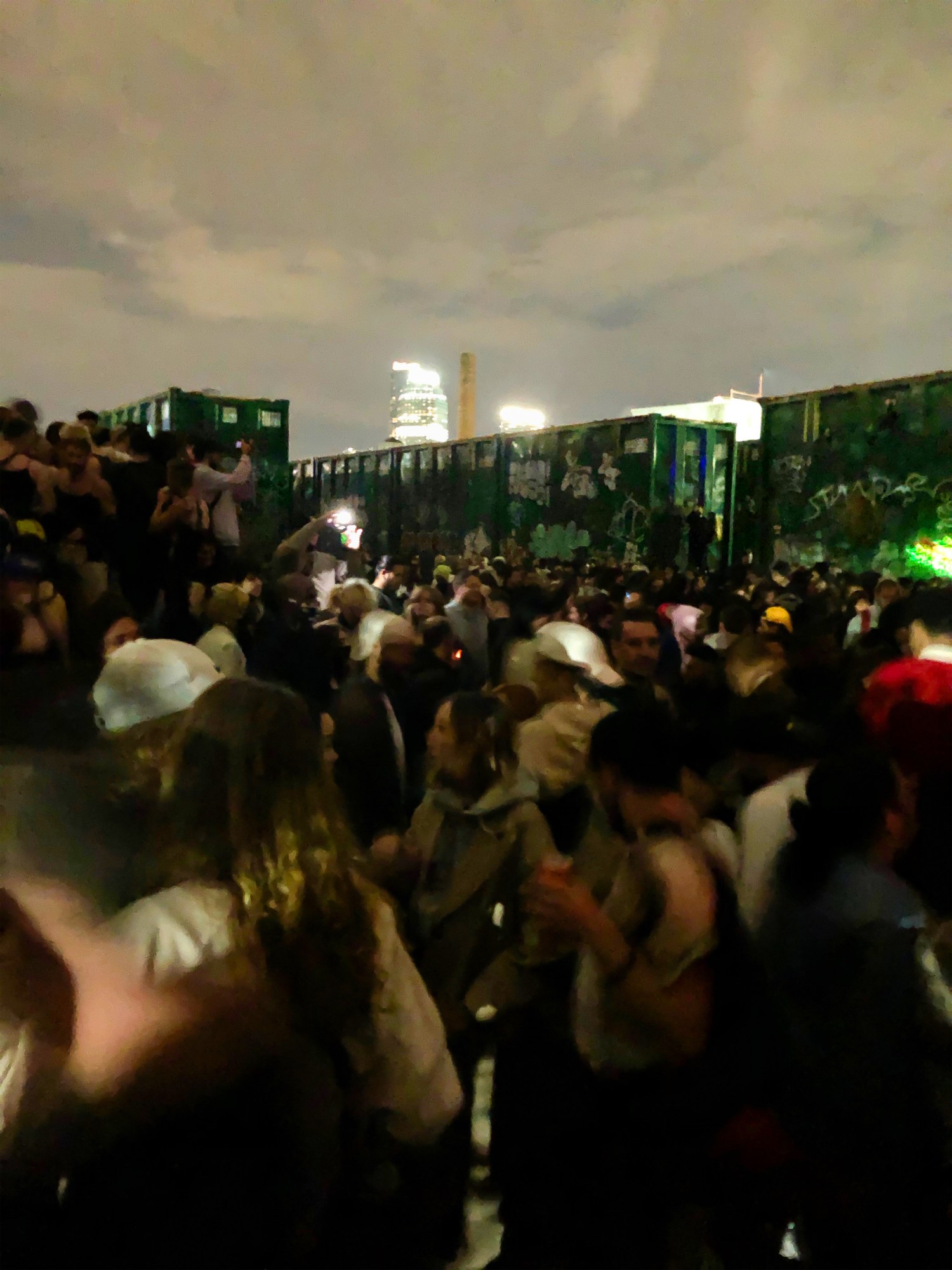
“Parts of the book would just start writing themselves in my head while I was dancing. I tried not to stop to write anything down, I’d just let the language compose itself,” McKenzie explains. “Later, I would not remember much of it except the rhythm and tone. There’s a whole other version of the book that just happened in my head that I forgot. But what I took home with me for later was the feeling that there was language I could find again for it.” She also purposefully omitted some details because, she emphasizes, “I did not want it to be an exposé for the tourist gaze.”
In the book, McKenzie observes that a rave’s ephemeral environment, presided over by DJs, lighting designers and sound engineers, creates an expansive sense of possibility. “On a good night, everything at a good rave comes together with just the right tension of invention and intention,” she writes. “Some come to serve looks; some come to leave their sweat on the dance floor.”
She also examines the furious and collaborative energy of raves, which can serve many purposes: “addiction, ritual, performance, catharsis, sublimity, grace, resistance.” As well as the interloping typologies who show up to parties, including the unwelcome “punishers” (essentially: obnoxious straight white cis men with no sense of spatial etiquette) and “coworkers” (people go to raves for cred, in order to brag about their adventures around the water cooler). Strategizing how to avoid such buzzkills is part of the expertise one eventually gains: “Picking the right spot in the crowd can be its own art.”
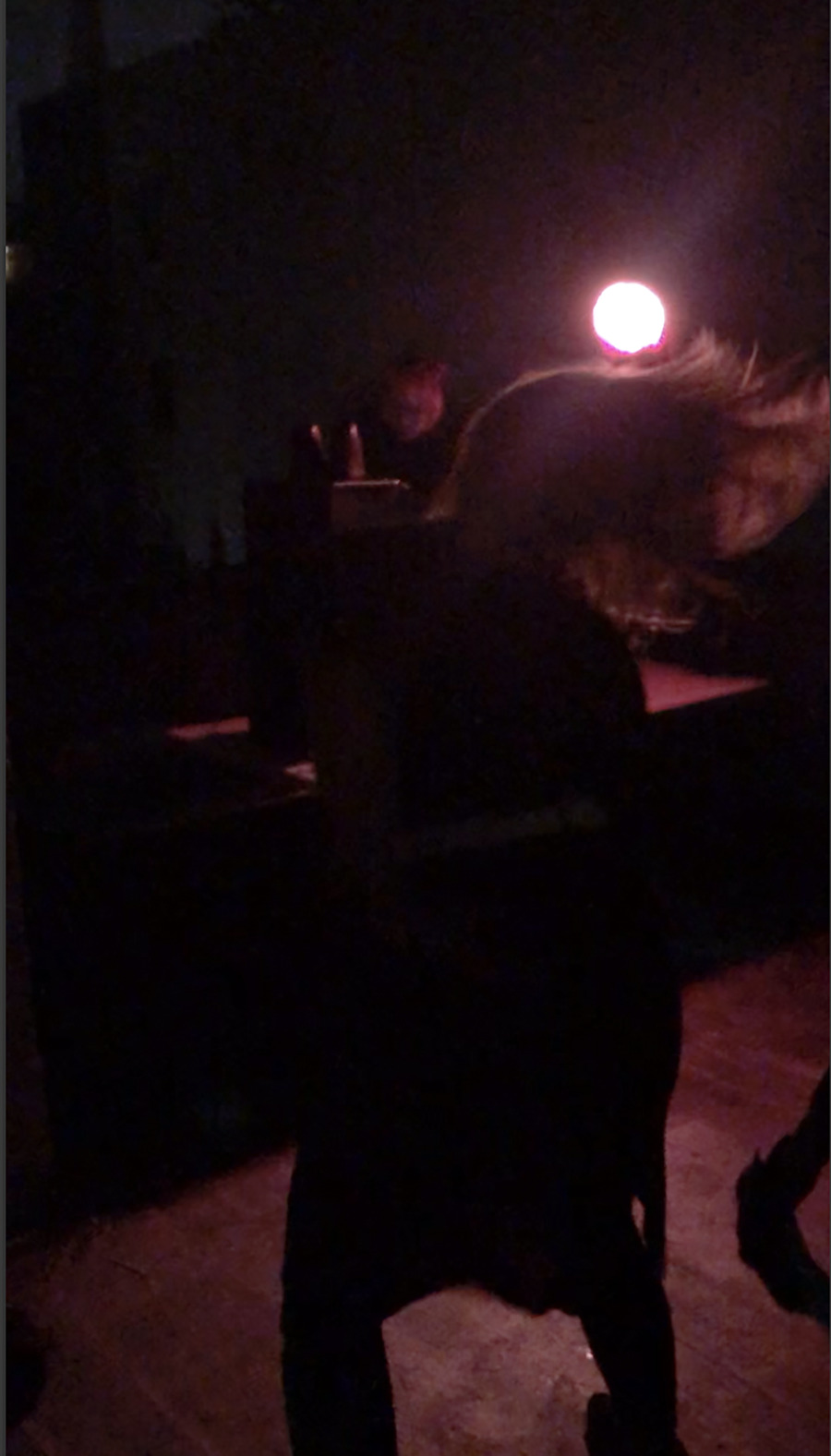
For McKenzie, raves accentuate moments of feeling both embodied and disembodied. She interrogates how this tension is further complicated through the lens of trans experience: “to exist inside those beats is like hacking into a new brain, one that doesn’t hate my body, that can run on the DJ’s track and not the track of my anxiety, that allows my body to be a fucking body.” She adds: “that is where I can feel like my body is not an anomaly, or rather: not the only anomaly. It’s a distribution of anomalies without a norm, anomalous only to each other.” In short, “you can spend years in therapy working through that. Or become a raver. Get out of your head, merge into k-time. Take some hard lefts.”
The sense of dissociative release can be extraordinarily freeing — McKenzie describes wanting to be a “rave bimbo,” someone who prioritizes simply feeling. She sexualizes the experience of raving too. “I want to be penetrated by light, fog, the floor, the walls, the anonymous swaying bodies. I want to be railed by pounding sound.”
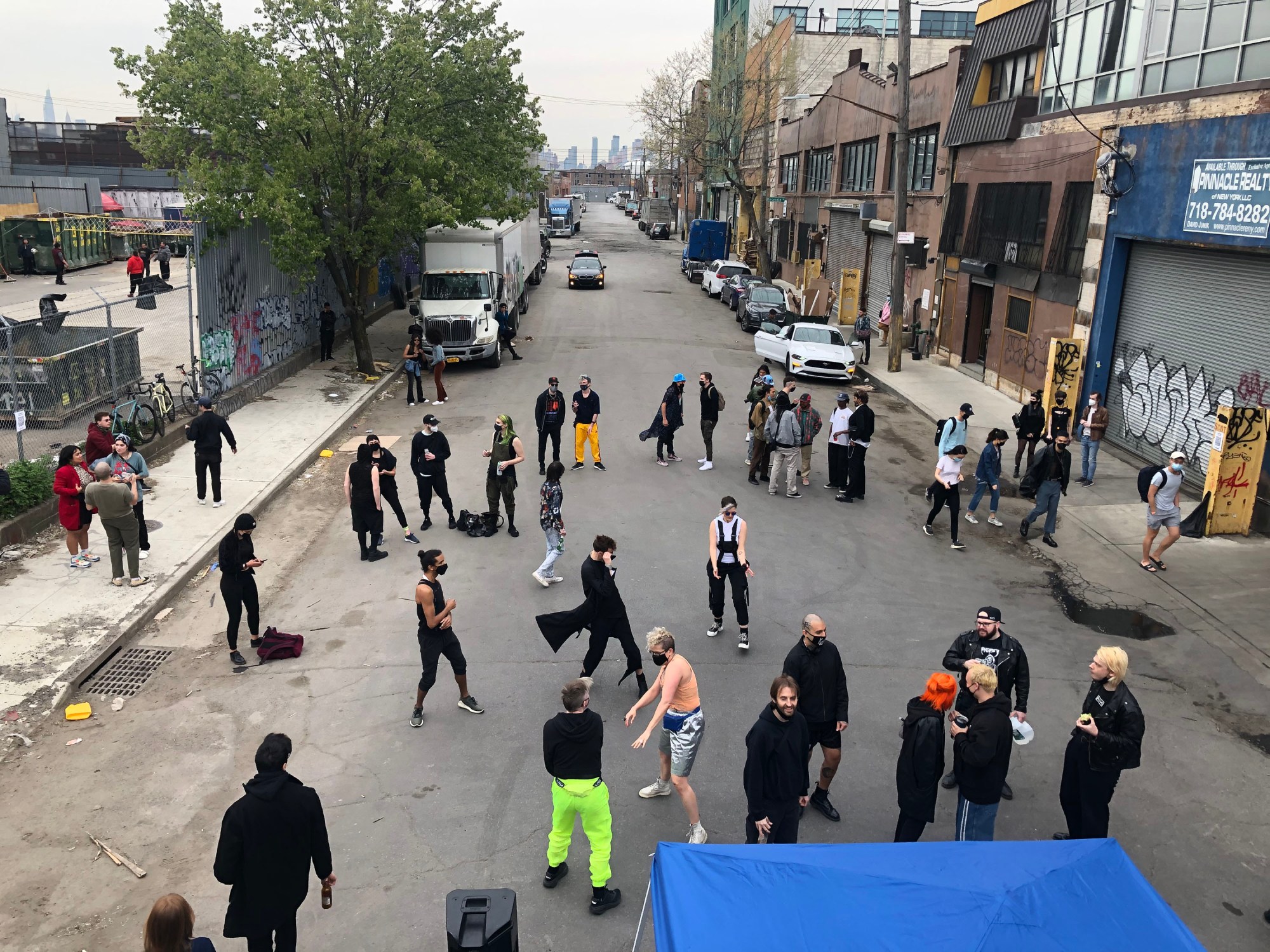
Naturally, raves can also take shape in many different settings, even creating space for political solidarity. In the summer of 2020, she remembers a friend describing a protest rallying for Black life as a “Black rave.” The origin of the word “rave” by its current definition is unknown, but McKenzie remarks it possibly entered British English via immigrants from West Indies in the postwar period — a form of appropriation from Black culture. In postwar Britain, Black people were often unwelcome in the clubs, so they partied in their own pop-up spaces outside the confines of legal establishments.
“I think it’s useful to think of the act of taking the streets after curfew during Black Lives Matter and the queer rave together, as collective activities which make another city for another life,” McKenzie says. “Blackness and transsexuality are policed. What can they become in situations where they are not policed? That’s what my book is about.”
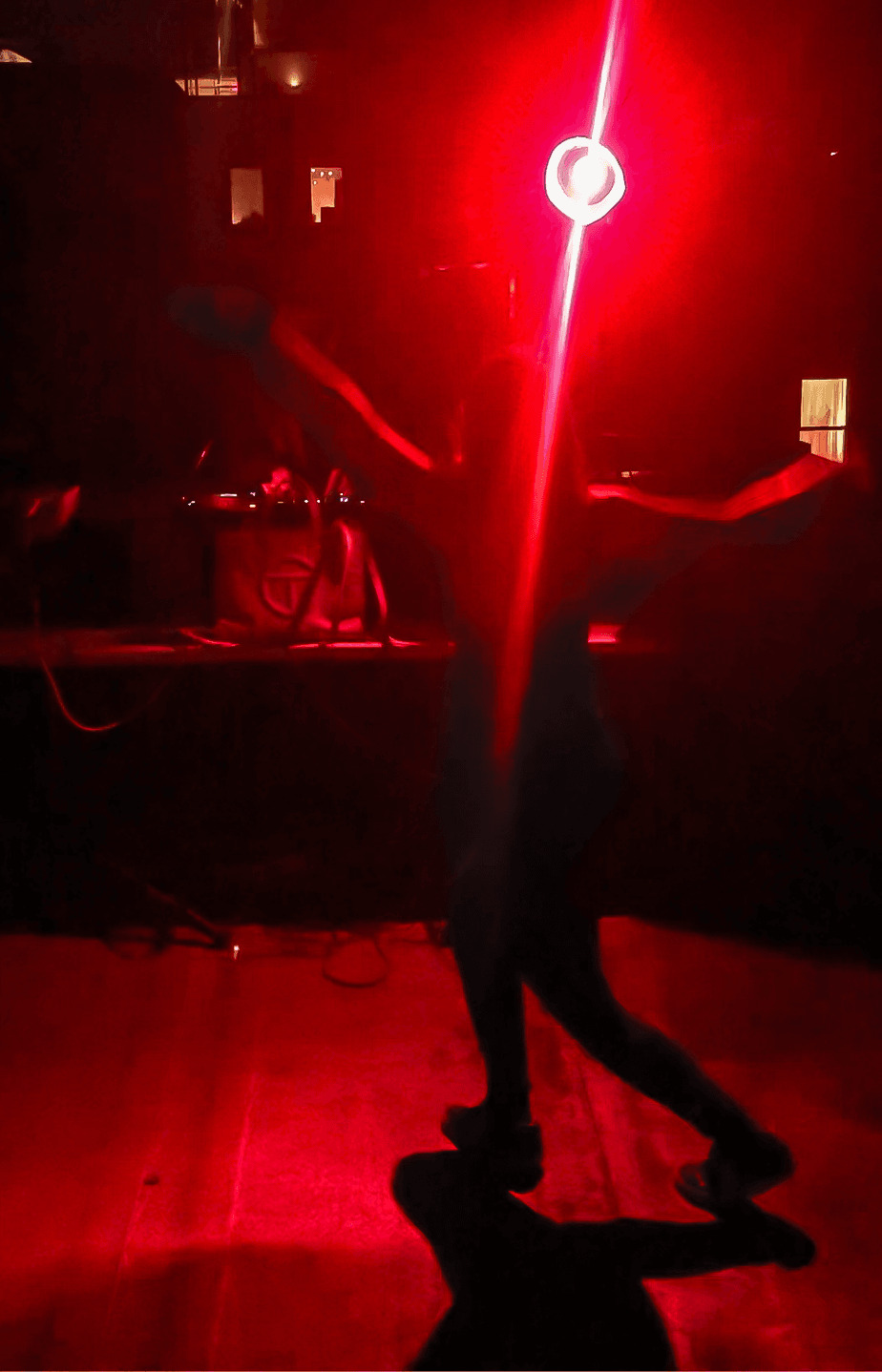
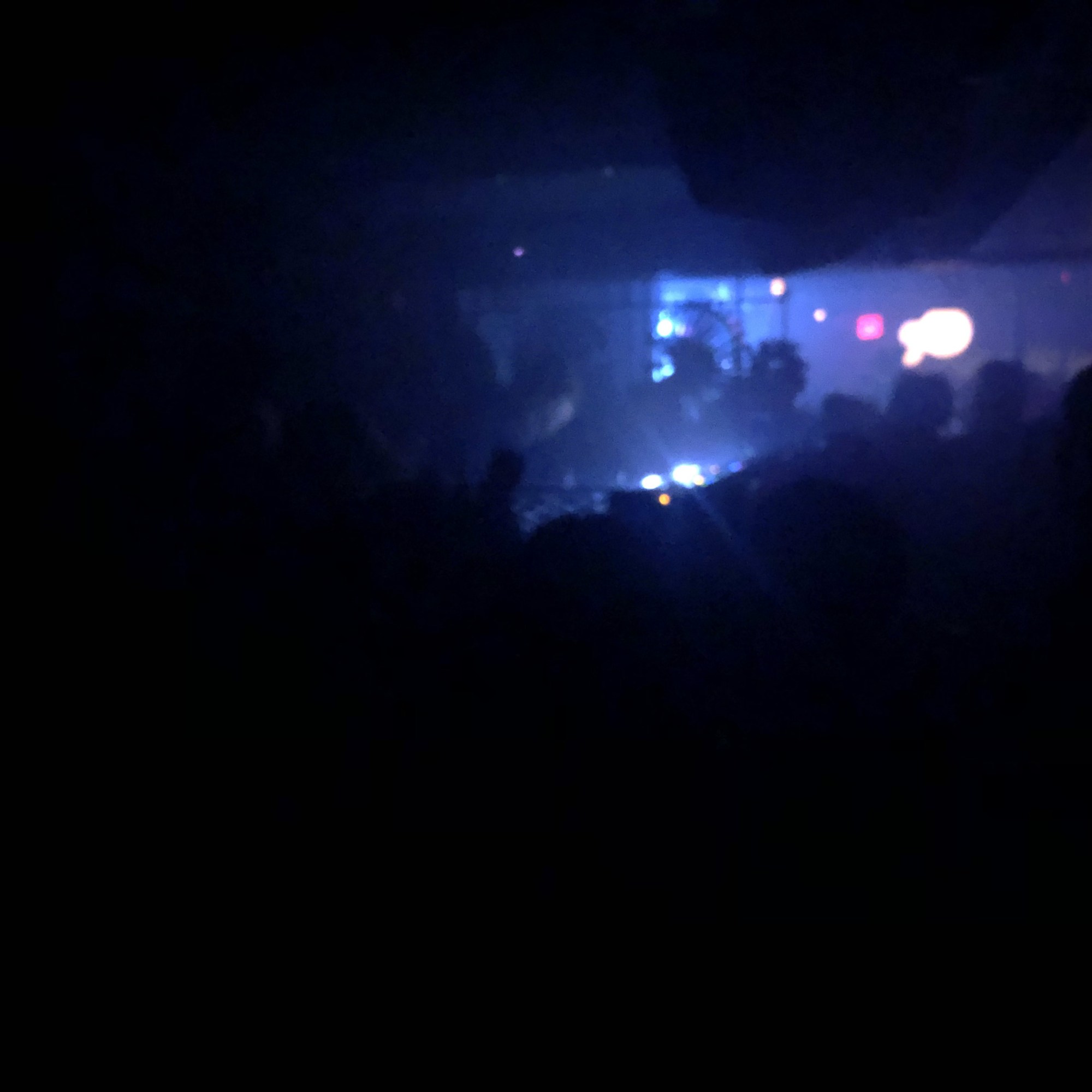
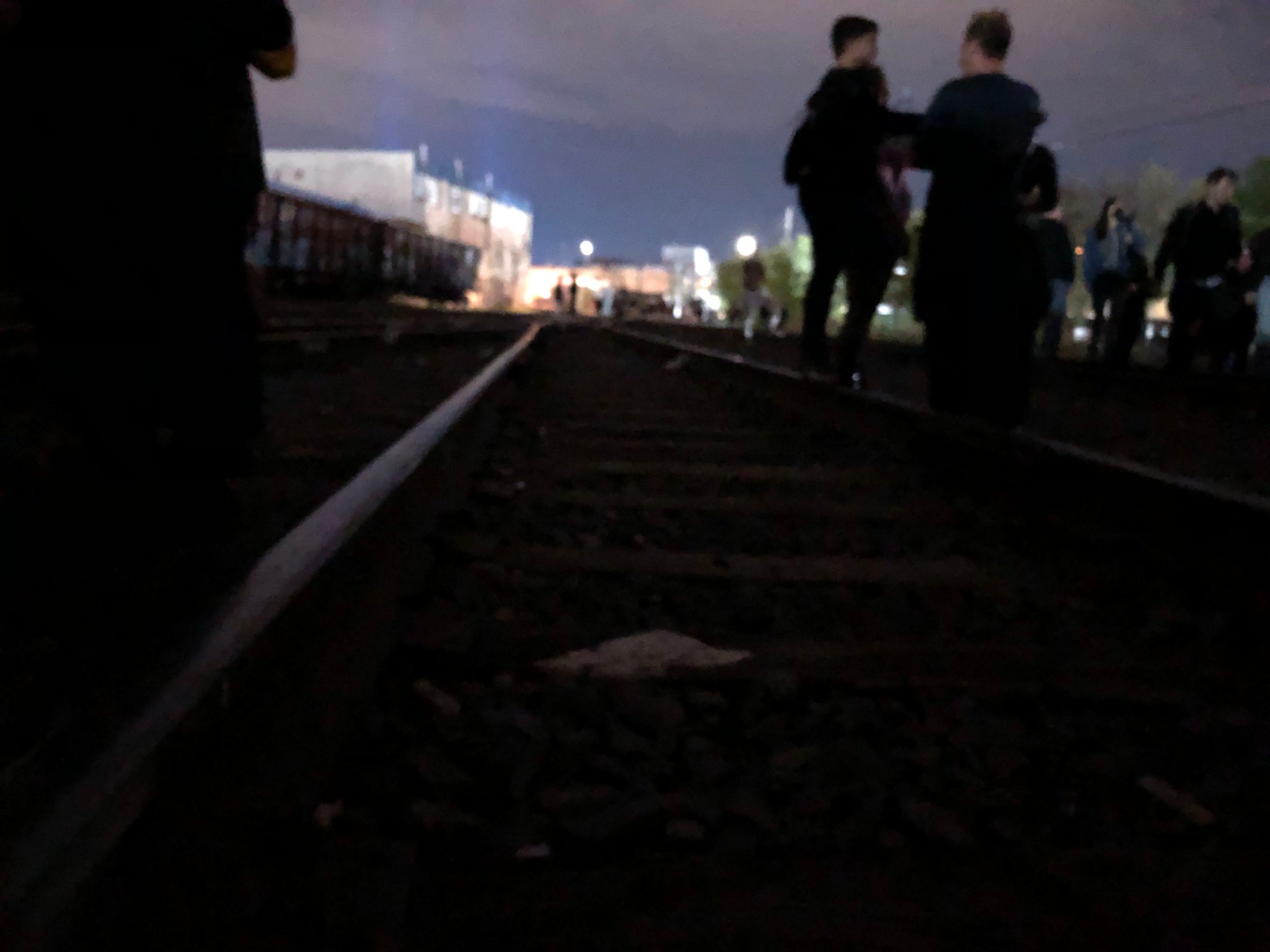
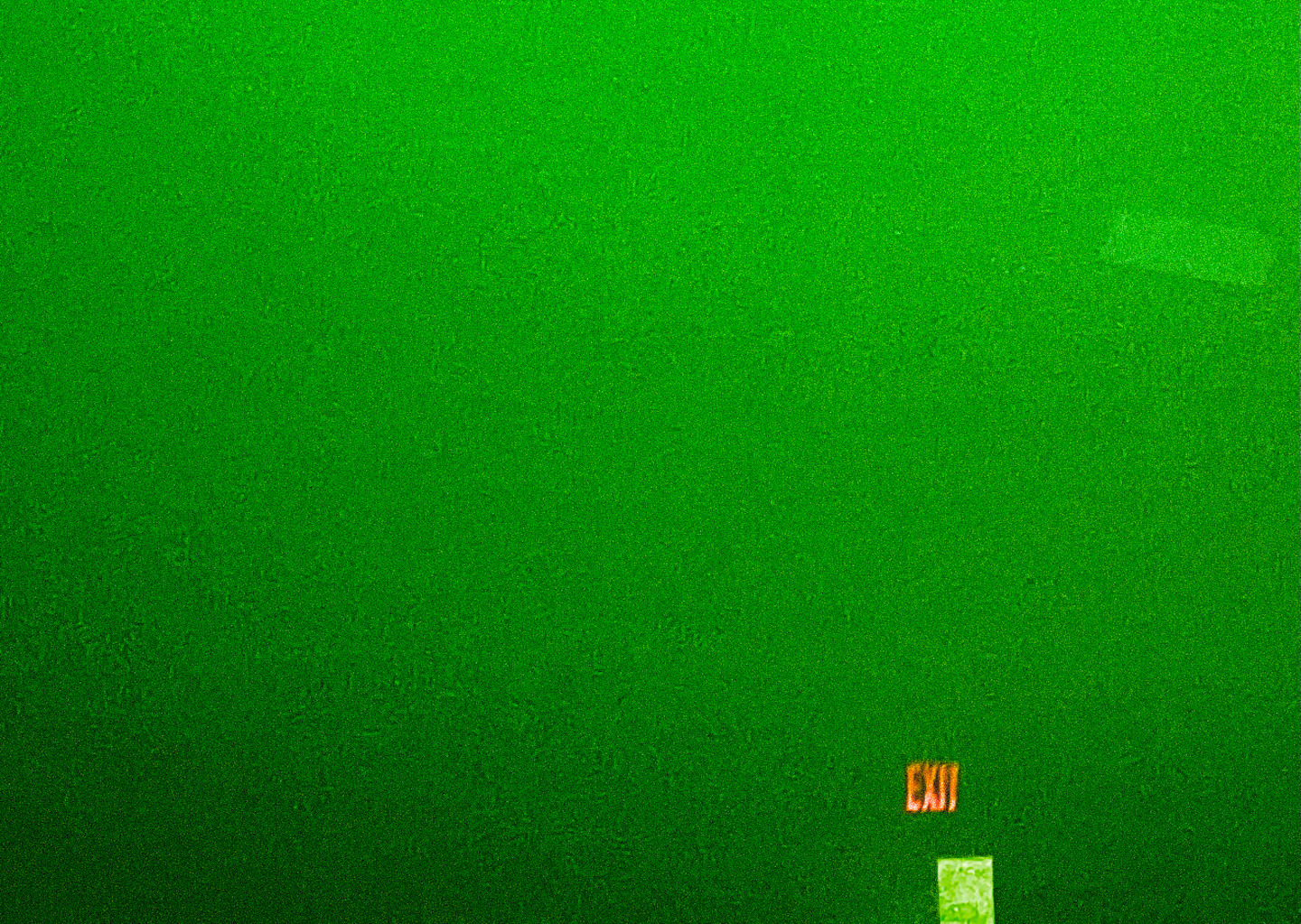
Credits
Images courtesy of McKenzie Wark.

